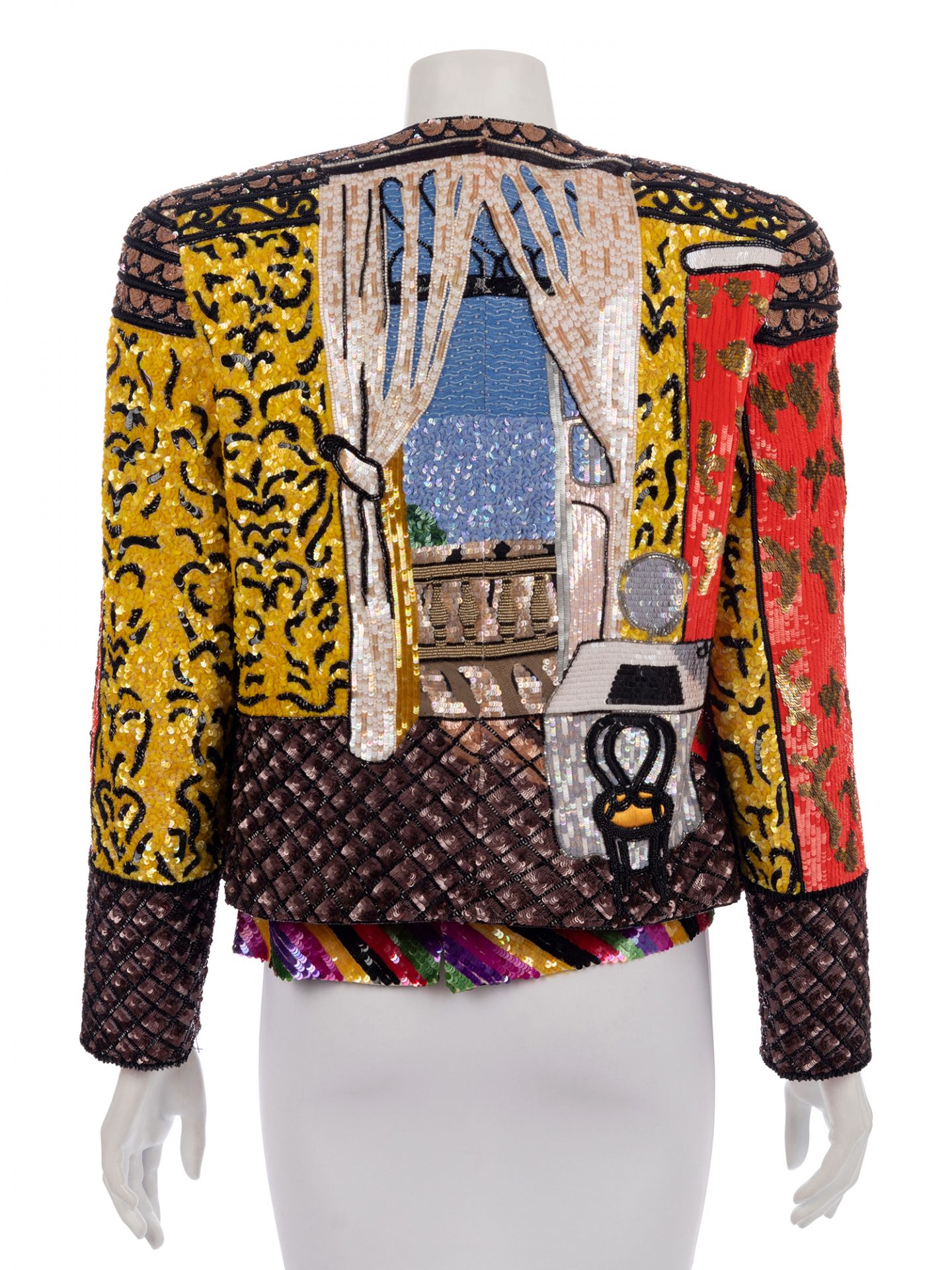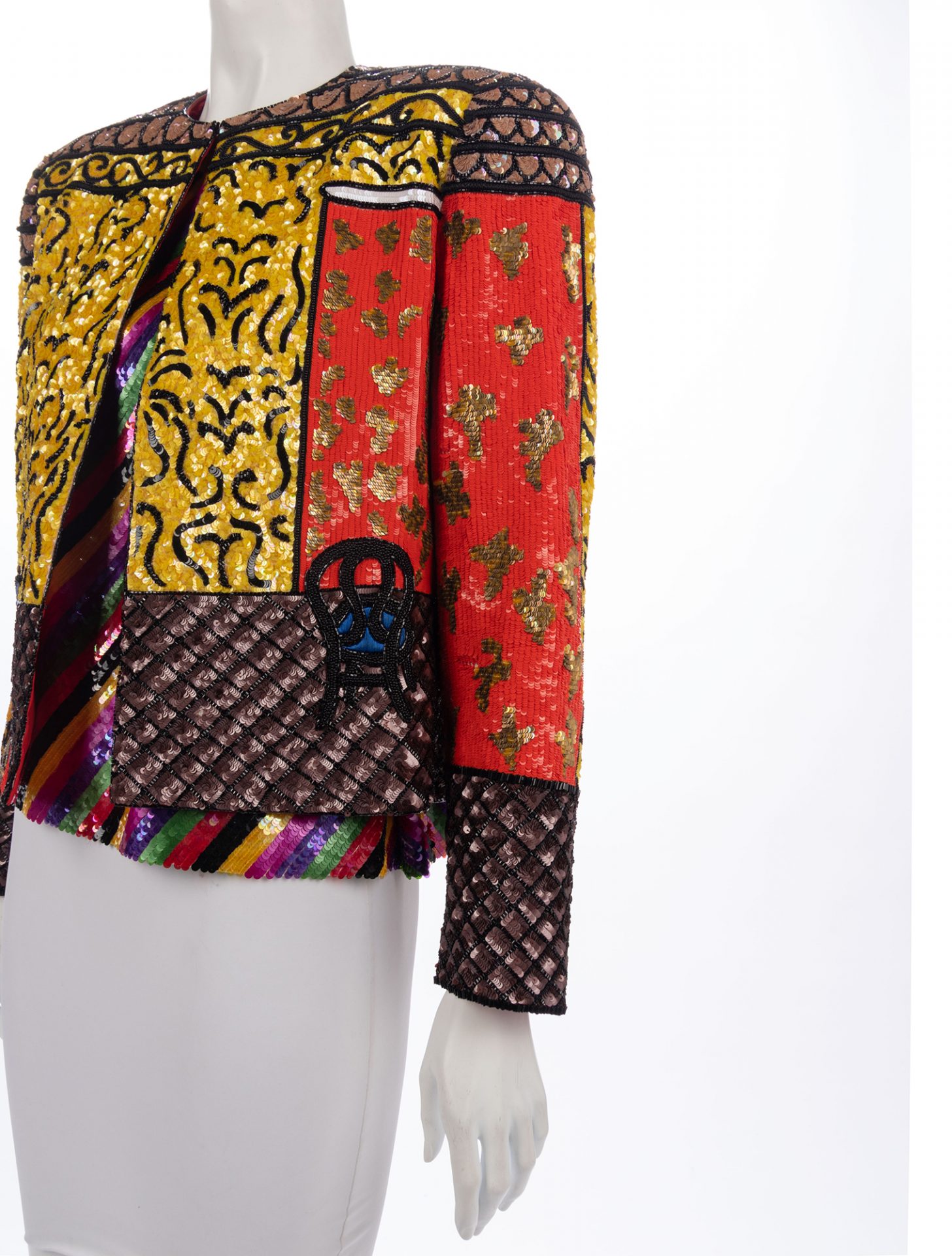Bill Blass, American Fashion Pioneer
William Ralph Blass, better known as Bill Blass, was an American designer and pioneer in American fashion during the late 20th century.
Born in Fort Wayne, Indiana in 1922, Blass’ rise to the top of the fashion industry was rather unorthodox. After leaving Indiana to attend the Parson’s School of Design in New York City at the age of 17, greater global events eventually took precedence in Blass’ life. Blass served over three years in the U.S. Army during World War II, putting his time at Parsons on hold, but his service did not deter his design ambitions.
By 1946 Blass was working for Anna Miller and Co. back in New York. When the company merged with Maurice Retner Ltd. in 1959 Blass became the head designer of the new Retner Ltd.. Blass’ designs promoted a sophisticated ease in women’s clothing, not unlike the chic and sporty designs of his European contemporary Coco Chanel. His popularity with America’s elite, including Diana Vreeland of Harper’s Bazaar and eventually American Vogue, aided in the U.S. creating a strong presence in the global post-war fashion scene, rivaling the established French fashion houses. Blass would spend the following decades promoting a modern American lifestyle with his designs, eventually becoming the owner of Retner Ltd. in 1970, and renaming the brand something closer to home, Bill Blass Ltd. Bill Blass the label would solidify his place in the pantheon of great American designers, continuing well past Blass’s own retirement in 1999 and into the twenty-first century.

Blass’ material appears often in Couture and Luxury Accessories auctions at Hindman. Designs across multiple decades of the esteemed designer’s career have made their way to the podium, producing some of the most interest from buyers and vintage lovers alike. Most recently, sale 740 Spring Fashion and Accessories featured a rare Bill Blass Matisse-Inspired Jacket and Top from the designer’s Spring/Summer 1988 collection, lot 28 (Fig. 1). As noted by fashion journalist, Amy Fine Collins, in her 1988 article for Art in America “Sequined Simulacra”, while Blass may have taken inspiration directly from the creations of French Post-Impressionist Henri Matisse, but his exposure to such pieces came from a 1987 exhibition held in Washington D.C.’s National Gallery of Art. Blass’ recreation of fine art in the context of fashion only serves to highlight the constant tension between the two institutions, with Collins asserting “Art has no practical value, but can appreciate, while clothing is functional but largely devoid of any real investment potential,”. However, Collins admitted Blass himself disagreed with her assessment as Blass stated his Matisse ensembles were “investment pieces—just as a painting would be,”. Ultimately, it would be Blass whose evaluation of the material would come out on top. Over thirty years after the Matisse ensembles debuted, lot 28 sold for $1,375 in sale 740, only adding to the enduring and ever changing tension between fine art and fashion.
